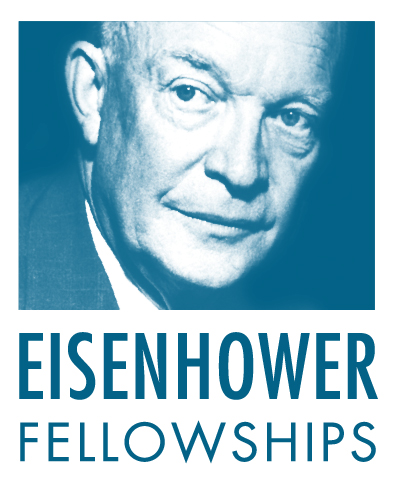7 Outdated Habits That Will Paralyze Your Business
As technological advances have altered the velocity of business and created structural changes in the environment, policies and practices within many companies have not changed. There are mental models woven into our minds and corporate cultures which have not kept pace with modern times as the new economy boots up. Many of these practices are also barriers to change and quickly become legacy symbols. It is impossible to list every one of them here but let us examine a few broad areas.
1. Hiring obsession with cultural fit
Hiring only for culture fit is an outdated recruitment strategy that will cost top talent. When like-minded individuals are hired instead of those with different perspectives, opinions or views on how things need to be done, the company’s culture stagnates and declines over time because they have no folks to challenge the status quo or drive creativity and innovation.
Everyone will learn to work at the company in the legacy environment and navigate the status quo skillfully. While hiring people who get along with the team and share vision and values is essential, they need not look, feel or behave similarly to you, only adding to the groupthink mandate disguised as the cultural fit mandate.
2. Measuring in-office presence
Work is an activity, not a place anymore. In a virtual workplace environment, employees can be productive from anywhere. This is an opportunity to provide more convenience for workers and increase productivity by leveraging their skills across separate locations, time zones and cultures. But leaders often have the mindset that if they don’t see you in person, your efforts aren’t fruitful or productive! Manage for outcomes and, if needed, for milestones. Trying to manage tasks driven by physical presence will not fly in the modern workforce. Exceptions may exist, but the norm has changed.
3. The annual performance evaluation chore
The annual performance review is outdated and ineffective. Business moves quickly, so your feedback should too! To give employees a sense of continuity in their work environment, they should receive continued guidance and coaching from you as close to real-time as possible — make improvements easy by focusing on multiple short and effective coaching or feedback sessions and not one big administrative chore at year-end. Performance management must adapt to business velocity and reality by going agile.
4. Hierarchical leadership
Command-and-control leadership was once a highly effective way to produce material goods in the industrial age. However, it is now important for individuals and teams to operate under collaborative conditions where knowledge-based production rather than physical product creation takes center stage; this requires shared responsibility among team members working toward defined goals and coordinating efforts with minimal disruption, confusion or conflict. A modern-day workplace invests, nurtures and grows people with team member voices considered in day-to-day activities.
5. Consensus and input-based culture
Management in large companies used to be all about consensus and agreement. However, trying to get agreement from everyone can slow things down and stifle voices that disagree. Getting people’s input does not equal building consensus. Given the velocity of business, one cannot afford to align to the speed of consensus. It is time for spirited discussions, quick debates, fast decisions and rapid execution. Organizations must optimize for speed and agility than let consensus consume decision-making or cause inclusion suffering.
6. Formal dress codes
The last century was about enforcing formal attire like suits, skirts and ties. As the new century unfolds, professional-looking and casual dress codes are accepted, and it is assumed that one does not win business or create value based on what one wears. Allowing people to be comfortable helps drive a free and positive environment. The meaning of well-dressed may have changed; it is time to rethink the old economy attire too!
7. Optimizing to withstand change and risk
In the old economy, one was taught to build organizations that resisted change and risk. But market dynamics today demand the opposite thought process from that era. Managing through excessive controls to mitigate risk creates agility risk and stifles innovation. To stay current and relevant, one must keep their industry, country and business in context to assume calculated risks.
Concluding thoughts
We are undergoing a significant shift in work, business velocity and workforce demographics. Much of the practices designed from the industrial era may not hold but have seeped into our work practices and self-created mental models around appearance, professionalism, productivity, and a false tie-in to results. It is time to shed the baggage!
Source: entreprenuer.com
#PressPayNg#EduSAVINGS#EduLOANS#EduSURE#INTERNSHIP#SCHOLARSHIP#EduHEALTHMAINTAINANCE#ENTERPRENUERSHIP#TERTIARY#EDUCATION#TUITION#FEES#UNIVERSITY#POLYTECHNIC#MONOTECHNIC#FELLOWSHIP#COLLEGEOFEDUCATION#HOLIDAYJOBS#SOFTSKILLSTRAINING




